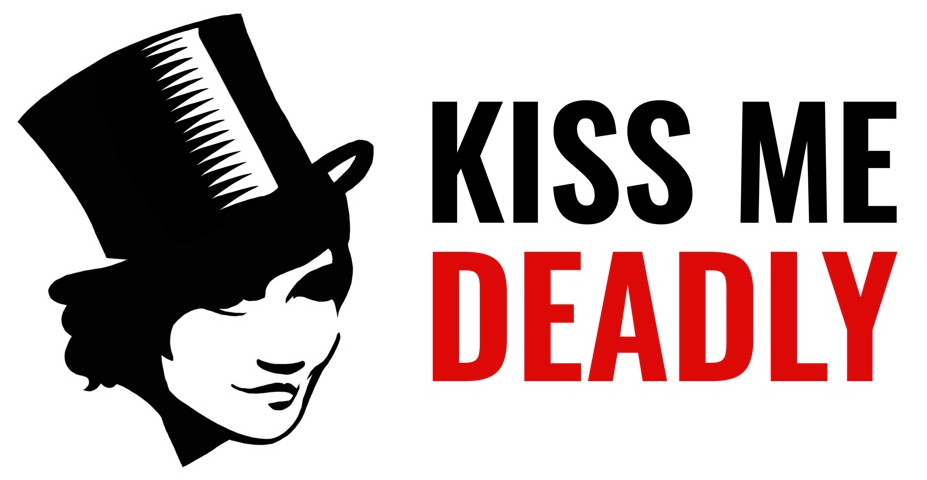As a psychologist I professionally Don't Believe in New Year's Resolution anyway - they're a terrible way to make changes. We're all about the fixing circumstances and making incremental new habits to make it easier to be different, but much better psychologists than me have explained that elsewhere.
But as someone working alongside hundreds of brands and seeing manufacturing done from the one-person-brands through to the vast websites; you absolutely should NOT be using garment sizes as any sort of target or goal or resolution or change to aim for. I beg of you, for the sake of your own sanity, never, ever do say anything in the region of "This year my resolution is to be a size 12!"

Here's why, and I really can't emphasize these enough.
Dress sizes, S/M/L sizes, especially bra size, hell, even shoe sizes are all ARBITARY LABELS.
There is NO agreed standardised system of sizing. There was a sort of one back in the 1940's, but British 1940's bodies bear very little relation to even British people now, and almost no relation to many other cultural groups.
With bras, AT BEST, there are at least 3 systems operating in the UK at the moment, and frankly I'm not even sure about that. If you don't believe me, just wander down the shops with a tape measure one day, pick a size, and measure all the underbust bands in various stores in a size 34, fully stretched and unstretched. I promise it's an eyeopener. You can tell them I sent you, that will totally stop security from throwing you out. Probably.
YOU ARE NOT A SIZE
I genuinely find it baffling when I run across fashion related forums where every person has a garment size next to their name. What possible benefit can any of us get from tying our identity with labels that have no consistent meaning? What's the aim here?
Even if sizes actually meant anything in terms of the garments they relate to, we would all change over time (some of us change in a regular cycle over the course of days, months or a year, never mind with age).
Mostly what gets me though is it doesn't mean anything about us as people.
I didn't develop a new personality when my hips hit 42 inches. No magical new skill set arrived with my first fuller bust bra (well, apart from the ability to funnel rain, lunch, and biscuit crumbs down the front of my frock. Generally, though, I'm more impressed that I learnt how to use Instagram, and can reliably spell leopard now if I really think hard about it).
If someone's treating you differently because of your size? That's on them. Trust me, you haven't changed. And you don't have to go along with it.
A brief guide to just some of the things that affect the garment sizes you encounter:
The brands actual, desired or imagined demographic. An "M" is just the most frequently sold size, generally, so if you're making men's hoodies to sell in the USA you'll want your M to be significantly larger than if you're making bodycon dresses to sell in Japan.
Industry consensus. For some reason the bridal frocks sector is still based on the 1940's dress size system, I've no idea why. Don't be surprised if you need a size 22 where you normally wear a size 14. Meanwhile, the bra industry can't decide whether it wants to use the plus 4 or plus 0 system and frankly, since there's no evidence you can damage yourself with a bra, it probably doesn't matter. But it's very annoying for folk buying online.
Elasticity. Bridal frocks, classic tailoring, faux-vintage underwear like What Katie Did's; all of these do not have the elastics and high lycra content we shove in most garments these days, and so the size differences are crucial. But with other styles, it's got to the stage where there are fabrics so stretchy that sizing becomes almost farcical; I got into a size 10 dress last week. One size really can fit most (but definitely not all!)
Outlier cases. None of us are perfectly statistically average in all dimensions, but some of us are less average than others. Sadly, for some of us, that means flipping nothing fits. Currently, I reckon short men are getting the worst deal on this!
Shape. Different brands cut for different shapes, because if you're making things for teenagers, that's wildly different to making things for women in their 50's. Equally, in a different shape, you may need to wear a size up or down; I need a bigger size in anything hourglass styled, because it's not a good match with my actual body. Some people are better at cutting patterns that work across different figures than other; I've never seen anyone not look great in Philmore's dresses, for example, whereas personally there are other dress styles I reckon make me look like an expensive sofa.

Staff bias. Designers, pattern cutters, and garment techs all get a say in sizing. If one of them has a strong opinion... that will tend to be reflected in the design. That can be for aesthetic reasons, or sometimes personal bias. For example, I have no problem remembering that most people are 6 inches taller than me and allowing for it. But I am terrible at remembering that not everyone has a big bum! And then, of course, the design has to be translated by the actual factories and their machinists. Literally every time we send a corset pattern overseas, even though it's the same pattern, same fabrics and measurements, it mysteriously ends up less curvy! It doesn't take much with some garments to change the fit.

Feel free to leave your sizing nightmares/quibbles/disasters in the comments!
(and make New Years Resolutions if you really want).


